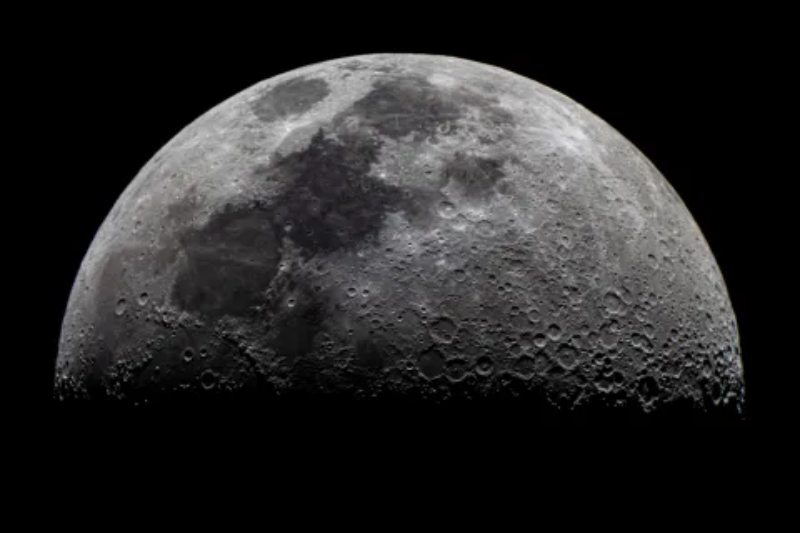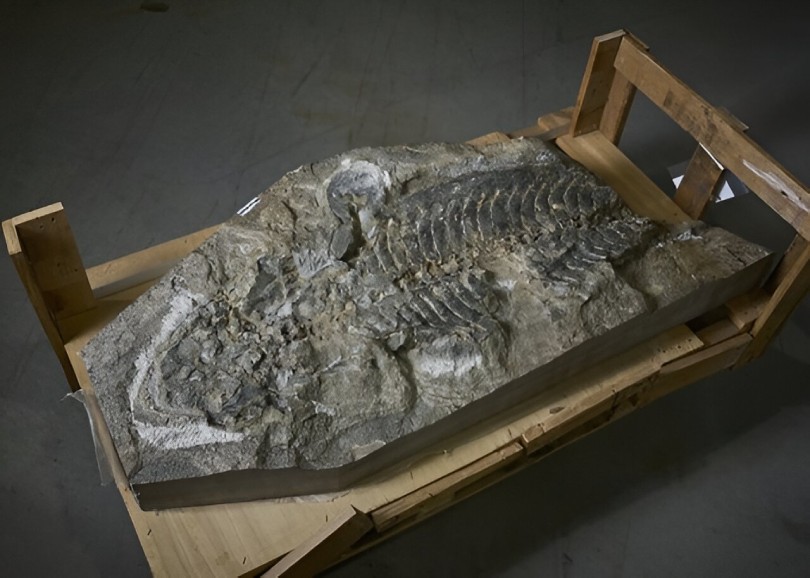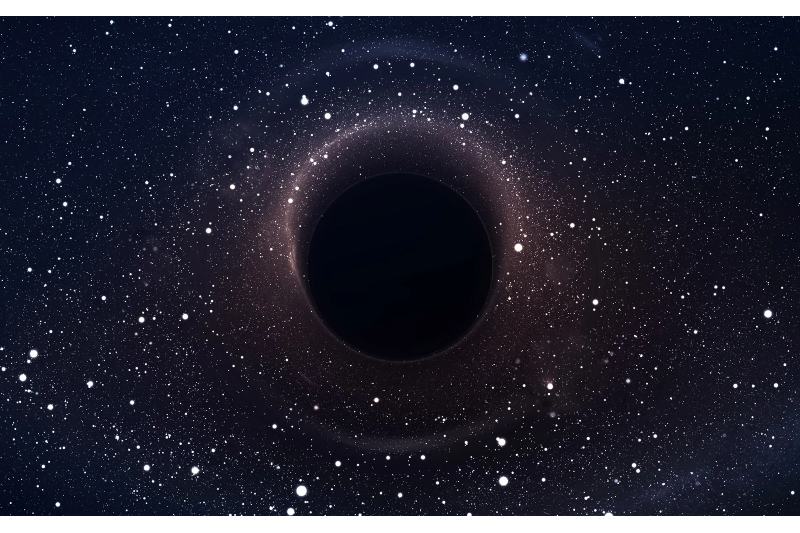Most scientists concur that the Moon formed approximately 4.5 billion years ago, following Earth’s collision with a planetoid resembling Mars. For what happened next, there are a plethora of models and theories. According to the University of Arizona Lunar and Planetary Laboratory’s most recent analysis, the Moon had to completely transform into a stable satellite in order to become what it is now.
The Moon originated from Earth, and although it took millennia to cool, it would have immediately come together following the massive collision. The surface eventually turned into the reflective white crust that is still visible at night. Of course, the surface features were very different. These days, darker, hardened lava flows known as mares are scattered throughout the surface. The authors of the study claim that these characteristics offer insight into the Moon’s past and how it “literally turned itself inside out.”
The Moon is rich in heavy metals like iron and titanium, as evidenced by the analysis of lunar samples taken during the Apollo era. On the side facing Earth, these components are, nevertheless, far more prevalent. Researchers think that the Moon’s interior structure and metal distribution were altered as denser regions of the magma ocean crystallized into minerals like ilmenite. Dense mineral production established a lunar geological reckoning. Despite being closer to the surface, these metallic fragments were far denser than the substance underneath. As a result, some scientists postulated that the ilmenite layer sank into the mantle, although it was not yet known how, when, or where this occurred.
In the current study, scientists compared NASA’s GRAIL mission’s gravity maps from 2011 and 2012 with simulations of the Moon. Many linear gravity anomalies, or variations in the Moon’s gravity, were found by GRAIL. In the picture below, they are shown as blue regions. Because these anomalies are close to a familiar feature of the Moon, the scientists thought that they might be related to the sinking ilmenite-rich layer.
Oceanus Procellarum is a huge mare located on the near side of the Moon. Titanium concentrations in Oceanus Procellarum are similar to those in other old lava flows. Our data, according to the experts, shows a “remarkably consistent story.” Linear gravity anomalies are arranged in a polygonal form on the gravity map surrounding this structure. The oldest impact craters on the Moon, which date the lava flows to approximately 4.22 billion years ago, break up the mares. The model states that at that time, ilmenite elements moved to the moon’s near side and sunk in “sheetlike cascades.” Oceanus Procellarum and the other mares on the satellite could have been produced by lava rich in thorium and titanium, which is a possible resurfacing of some of that material.
This is the first time the formation story of the Moon has been linked by a computer model of its structure to empirical data. The team is hopeful that further information will be provided to support these claims at this period of rekindled interest in the Moon. Verifying the source of the gravity anomalies would be made easier with the availability of fresh seismic data from the Moon. Still, setting up long-term activities on the Moon may take longer than anticipated. Even relatively easy landings for probes are harder than they seem.



